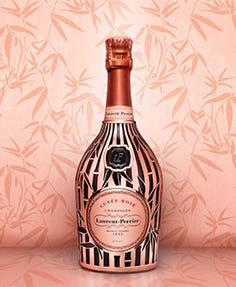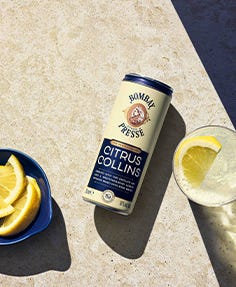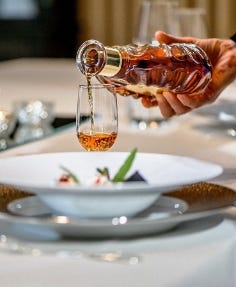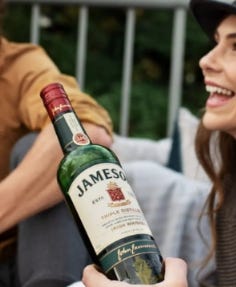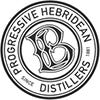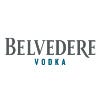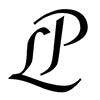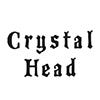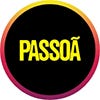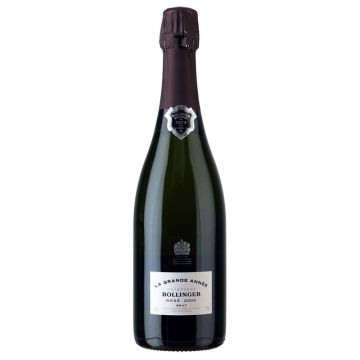Bollinger
The story began with Athanase de Villermont, the youngest son of a noble family with a brilliant destiny. A great soldier who shone during the American War of Independence, he inherited an extensive estate from his family in the Aÿ area. He immediately foresaw the extraordinary potential of the wines of Champagne, but as an aristocrat he was forbidden to become involved in trade.
He then met Joseph Bollinger, a widely travelled German who had left his country of birth to learn about the Champagne wine trade, and Paul Renaudin, a local man who was fascinated by the world of wine. The firm of Renaudin-Bollinger & Cie was founded on 6th February 1829. Joseph took care of sales and Paul of the cellar. Athanase had founded a champagne House that was to endure through the centuries.
Joseph Bollinger married Louise-Charlotte, daughter of Athanase, in 1837. In time their sons, Joseph and then Georges, took over the business. From the phylloxera crisis to the turmoil of the Great War, they were to face some of the House’s greatest challenges. Under the guidance of the two brothers, Bollinger nonetheless gained great renown and extended its vineyards considerably.
In 1920 Jacques Bollinger, son of Georges, found himself at the helm of the House: a weighty burden for a 24-year old. He faced the challenge with courage, aided by his cousins Pierre and then Yves Moret de Rocheprise; for the strength of Bollinger also lies in its powerful family ties. Sophisticated, cultivated and a fluent English-speaker, Jacques increased Bollinger's prominence across the Channel. He guided the House with great wisdom through the difficult years of recession and the Second World War, and as Mayor of Aÿ he was committed to protecting his village.
When Scotswoman Elizabeth Bollinger (born Law de Lauriston-Boubers) married Jacques in 1923, she was also to become passionately involved with the House’s destiny. She was only 42 when she lost her husband at the height of the war. Without hesitation and with great dignity she stepped in to take up the torch. "Madame Jacques”, as she was known within the House, threw herself heart and soul into her new role. During her many visits abroad her natural grace and charm worked wonders.
Cheerful and witty, Madame Bollinger was nonetheless a formidable strategist. A dauntless businesswoman, she was also highly perfectionist and would tolerate nothing short of excellence. She was always ready to innovate, and was the driving force behind the highly original Bollinger R.D. cuvée. With her customary common sense, Madame Bollinger gathered around her those family members who were most able to follow in her footsteps. Firstly she taught Claude d’Hautefeuille, her niece’s husband, the ins and outs of the House. In 1950 he became a Director and launched an ambitious modernisation programme whilst respecting Bollinger’s quality requirements. Madame Bollinger appointed him Chairman in 1971 but remained closely involved until her death six years later.
The relationship between Bollinger and the James Bond goes back to the years when the latter was an exclusively literary hero. Champagne produced by the Aÿ-based House appeared in 1956 in Ian Fleming’s fourth Bond novel, Diamonds are Forever. In 1973, as 007 pursued his adventures on the silver screen, the relationship reached a crucial turning point: Christian Bizot, Bollinger’s Chairman, met Albert R. Broccoli, producer of the James Bond saga.It was the start of a strong friendship between the two families, which was to seal the legendary association between Her Majesty’s secret agent and the champagne to which Queen Elizabeth awarded her Royal Warrant. For 007 and Bollinger, which has featured in Bond films since Live and Let Die, share a certain number of values: a passion for excellence, a sense of refinement, and consummate elegance.
A family-owned House from the heart of the Champagne wine-growing area, Bollinger is nonetheless present in over 100 countries. From the very beginning, the House has given priority to promoting its wines abroad. Bollinger’s very close relationship with England began in 1858 when Joseph Bollinger met Ludwig Mentzendorff, a wine shipper who had recently set up in London. Their strong friendship was at the root of a lasting relationship of trust which still continues today, and which has made Bollinger the most British of champagnes!





